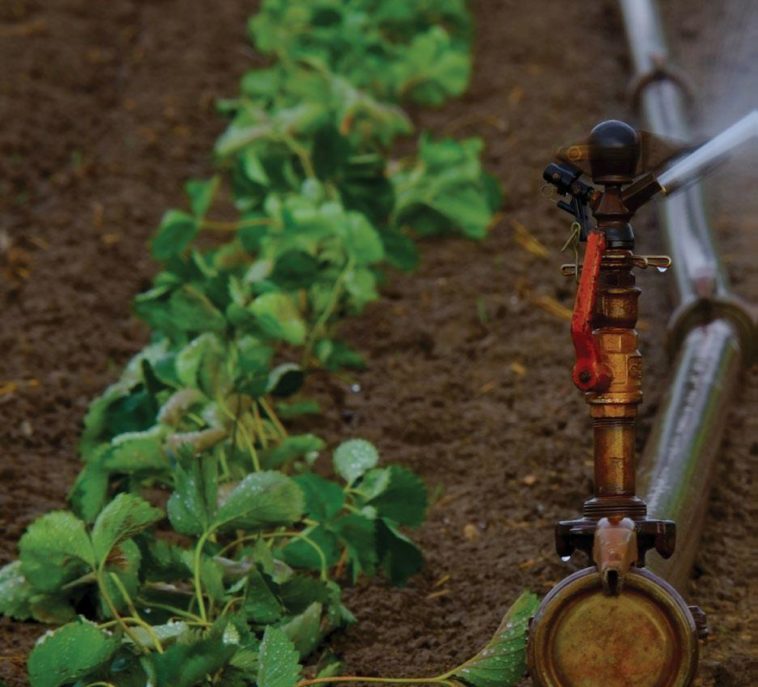What happens with water?
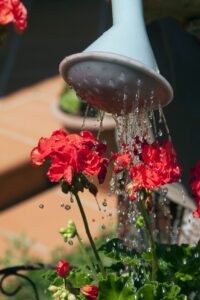
(Photo by gardeningknowhow.com)
Plant available water is stored in the soil. Water that can be reached by the roots is sucked up by the plant.
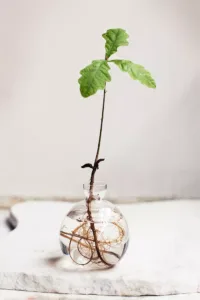
(Photo by GETTY IMAGES)
A plant sends down roots to find water in the soil profile and suck it up. The soil must, however, still contain air to allow the roots to breathe. The plant can only draw up water that is close to a living and active root and then only when the plant doesn’t need to suck hard to try to pull water away from a particle of soil.
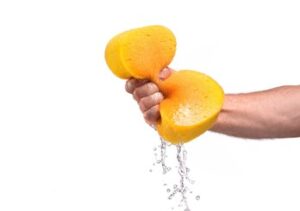
(Photo by forbes.com)
The soil acts like a sponge, holding water and then releasing it under (suction) pressure. Plant roots suck water directly from this sponage-like reservoir.
What happens with air?
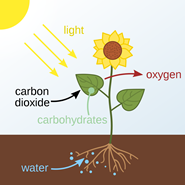
(Photo by quora.com)
The air that plants breathe in is the same as the air that animals breathe out. The plant needs to take carbondioxide from the air. The plant then breathes out air that is rich in oxygen, which is needed by animals.
An animal makes use of the oxygen in the air and breathes out air that is rich in carbon-dioxide. Both life forms will die without sufficient air.
A plant uses the air that animals breathe out, together with energy derived from sunlight to make sugars and starches, releasing oxygen back into the atmosphere.
An animal uses sugars and starches, together with oxygen to release energy to power the body, releasing carbondioxide back into the atmosphere. Both plants and animals use air to process the water and food that they need to grow.
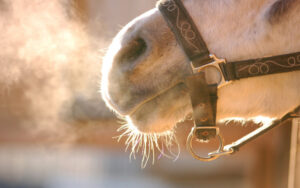
An animal will die without air. (Photo by wonderopolis.org)
An animal breathes air into its lungs. The air is then carried by the blood to the rest of the body.
Each part of the plant breathes in air.
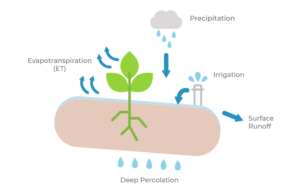
Plant available water can be derived from a number of different sources including rain, irrigation and groundwater. (Photo by blog.semios.com)
What happens with nutrients?
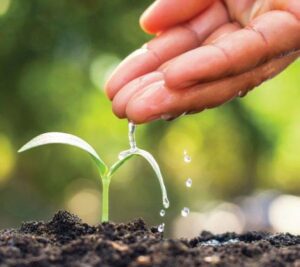
The plant draws its food from the soil together with water. Most nutrients tend to move in the soil together with water. If too much irrigation water is applied and water flows downwards to below the root zone, nutrients will also be washed down, out of reach of the roots.
The plant needs to be able to feed from the soil. With too little water in the soil, this cannot happen. Too much water will wash nutrients away from the roots. A water balance is needed.
Air is not transported within the plant and each part of the plant that doesn’t get enough air will die.
As water moves down through the soil it will force out air. For a short time, the saturated wetting front has no air.
Soils particles attract and hold some water and the rest drains away downward. As water drains away, air flows back into the spaces between soil particles.
If too much water is applied, or if drainage does not take place, plant roots will not get air and will suffocate and die. Plant roots need to breathe.
This series is published with acknowledgement to the ARC Agricultural Engineering for the use of their manuals. Visit www.arc.agric.za for more information.

